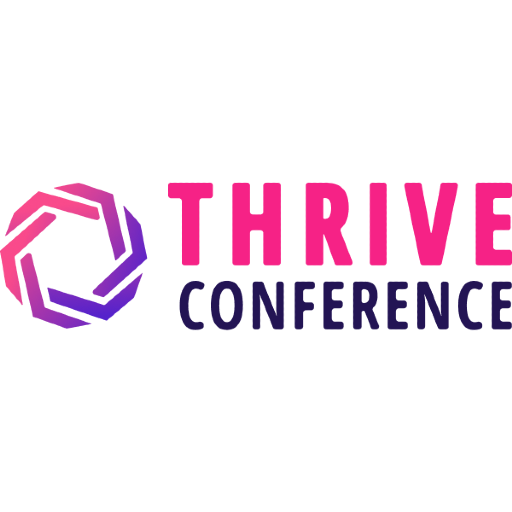Thrive Conference 2025
02/06/2025, Kompas Xnet
Ljubljana, Slovenia
Defending Against AI-Driven Cyber Attacks: Real-World Use Cases and Solutions
ai
sentinel
defender
cybersecurity
With the increasing adoption of artificial intelligence by cybercriminals, the threat landscape is evolving faster than ever. From AI-powered phishing campaigns to sophisticated machine learning models that can evade traditional detection methods, these emerging threats present new challenges for defenders. Organizations need to rethink their strategies and implement advanced defenses to keep up with AI-driven cyber attacks.
This session delves into real-world use cases where AI has played a significant role in enabling cyber attacks and how Microsoft’s security solutions can be used to counter these threats. We will explore specific incidents, examine attacker techniques, and demonstrate how Microsoft technologies such as Azure Sentinel, Microsoft Defender for Identity, and Microsoft 365 Defender can be leveraged to detect, investigate, and respond to AI-enhanced attacks.
• Understand AI-enhanced attack vectors: Learn how attackers use AI to improve the speed, accuracy, and impact of attacks, including AI-generated phishing emails, automated social engineering, and adaptive malware.
• Examine Real-world case studies: Analyze high-profile incidents where AI was a key enabler of the attack, including how the threats were detected, investigated, and remediated using Microsoft technologies.
• Explore Microsoft solutions for defending against AI-driven threats: Discover how Azure Sentinel, Microsoft Defender for Cloud, and Microsoft Defender for Endpoint can be used together to provide an integrated defense strategy.
• Leverage AI and automation for proactive defense: Understand how to use AI within Microsoft’s security tools to predict, prevent, and respond to cyber threats before they cause damage.















